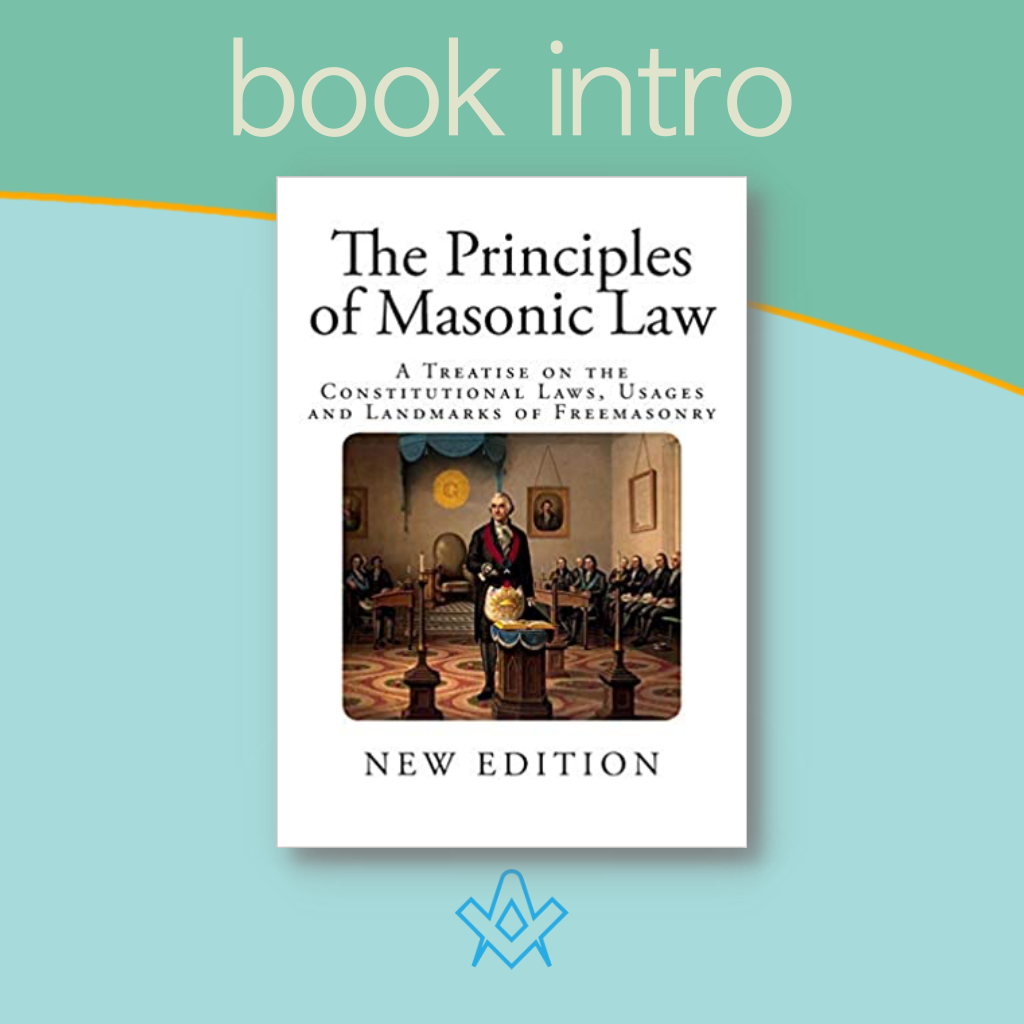By Albert G. Mackey, M.D.
New York: Jno. W. Leonard & Co., Masonic Publishers,383 Broadway. 1856.
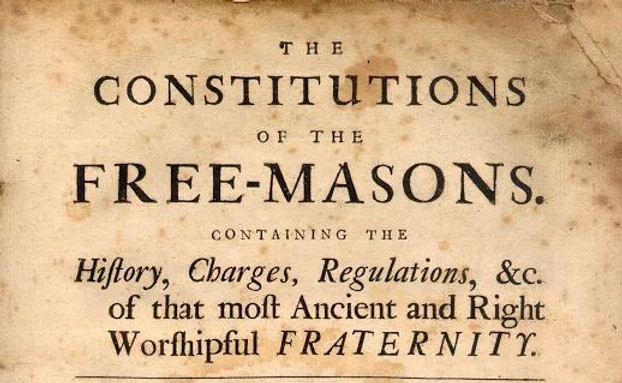
book of constitutions 1723
IMAGE LINKED: wikimedia Attribution 4.0 International (CC BY 4.0)
From the Preface:
“…the jurisprudence of Masonry is founded, like all legal science, on abstract principles, which govern and control its entire system, I deemed it to be a better course to present these principles to my readers in an elementary and methodical treatise, and to develop from them those necessary deductions which reason and common sense would justify.
Hence it is that I have presumed to call this work “The Principles of Masonic Law.” It is not a code of enactments, nor a collection of statutes, nor yet a digest of opinions; but simply an elementary treatise, intended to enable everyone who consults it, with competent judgment, and ordinary intelligence, to trace for himself the bearings of the law upon any question which he seeks to investigate, and to form, for himself, a correct opinion upon the merits of any particular case.”
– Albert G. Mackey,
Charleston, S.C., January 1st.,1856.
Introduction
The Authorities for Masonic Law
The laws which govern the institution of Freemasonry are of two kinds, unwritten and written, and may in a manner be compared with the “lex non scripta,” or common law, and the “lex seripta,” or statute law of English and American jurists.
The “lex non scripta,” or – unwritten law – of Freemasonry is derived from the traditions, usages and customs of the fraternity as they have existed from the remotest antiquity, and as they are universally admitted by the general consent of the members of the Order.
In fact, we may apply to these unwritten laws of Masonry the definition given by Blackstone of the “leges non scriptæ” of the English constitution–that “their original institution and authority are not set down in writing, as acts of parliament are, but they receive their binding power, and the force of laws, by long and immemorial usage and by their universal reception throughout the kingdom.”
When, in the course of this work, I refer to these unwritten laws as authority upon any point, I shall do so under the appropriate designation of “ancient usage.”
The “lex scripta,” or written law of Masonry, is derived from a variety of sources, and was framed at different periods.
The following documents I deem of sufficient authority to substantiate any principle, or to determine any disputed question in masonic law.
1. The “Ancient Masonic charges, from a manuscript of the Lodge of Antiquity,” and said to have been written in the reign of James II. [1]
2. The regulations adopted at the General Assembly held in 1663, of which the Earl of St. Albans was Grand Master. [2]
3. The interrogatories propounded to the Master of a lodge at the time of his installation, and which, from their universal adoption, without alteration, by the whole fraternity, are undoubtedly to be considered as a part of the fundamental law of Masonry.
4. “The Charges of a Freemason, extracted from the Ancient Records of Lodges beyond sea, and of those in England, Scotland, and Ireland, for the use of the Lodges in London,” printed in the first edition of the Book of Constitutions, and to be found from p. 49 – p. 56 of that work. [3]
5. The thirty-nine “General Regulations,” adopted “at the annual assembly and feast held at Stationers’ hall on St. John the Baptist’s day, 1721,” and which were published in the first edition of the Book of Constitutions, p. 58
6. The subsequent regulations adopted at various annual communications by the Grand Lodge of England, up to the year 1769, and published in different editions of the Book of Constitutions. These, although not of such paramount importance and universal acceptation as the Old Charges and the Thirty-nine Regulations, are, nevertheless, of great value as the means of settling many disputed questions, by showing what was the law and usage of the fraternity at the times in which they were adopted.
Soon after the publication of the edition of 1769 of the Book of Constitutions, the Grand Lodges of America began to separate from their English parent and to organize independent jurisdictions.
From that period, the regulations adopted by the Grand Lodge of England ceased to have any binding efficacy over the craft in this country, while the laws passed by the American Grand Lodges lost the character of general regulations, and were invested only with local authority in their several jurisdictions.
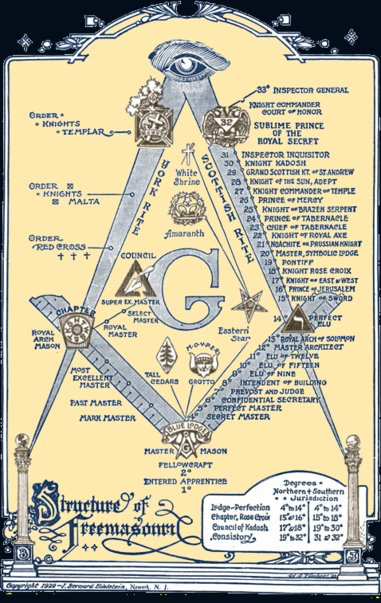
Diagram of two major masonic bodies in the United States
IMAGE LINKED: wikimedia Attribution 4.0 International (CC BY 4.0)
Before concluding this introductory section, it may be deemed necessary that something should be said of the “Ancient Landmarks of the Order,” to which reference is so often made.
Various definitions have been given of the landmarks. Some suppose them to be constituted of all the rules and regulations which were in existence anterior to the revival of Masonry in 1717, and which were confirmed and adopted by the Grand Lodge of England at that time.
Others, more stringent in their definition, restrict them to the modes of recognition in use among the fraternity.
I am disposed to adopt a middle course, and to define the Landmarks of Masonry to be, all those usages and customs of the craft–whether ritual or legislative–whether they relate to forms and ceremonies, or to the organization of the society–which have existed from time immemorial, and the alteration or abolition of which would materially affect the distinctive character of the institution or destroy its identity.
Thus, for example, among the legislative landmarks, I would enumerate the office of Grand Master as the presiding officer over the craft, and among the ritual landmarks, the legend of the third degree.
But the laws, enacted from time to time by Grand Lodges for their local government, no matter how old they may be, do not constitute landmarks, and may, at any time, be altered or expunged, since the 39th regulation declares expressly that “every annual Grand Lodge has an inherent power and authority to make new regulations or to alter these (viz., the thirty-nine articles) for the real benefit of this ancient fraternity, provided always that the old landmarks be carefully preserved.”
Article by: Albert G. Mackey
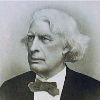
Albert Gallatin Mackey (1807 – 1881) was an American medical doctor and author.
He is best known for his books and articles about freemasonry, particularly the Masonic Landmarks.
In 1849 he established The Southern and Western Masonic Miscellany, a weekly masonic magazine.
He served as Grand Lecturer and Grand Secretary of The Grand Lodge of South Carolina, as well as Secretary General of the Supreme Council of the Ancient and Accepted Scottish Rite for the Southern Jurisdiction of the United States

The Principles of Masonic Law: A Treatise on the Constitutional Laws, Usages and Landmarks of Freemasonry
By: Albert G Mackey
The Principles of Masonic Law A Treatise on the Constitutional Laws, Usages and Landmarks of Freemasonry New Edition Brand New Copy Freemasonry is a fraternal organisation that traces its origins to the local fraternities of stonemasons, which from the end of the fourteenth century regulated the qualifications of masons and their interaction with authorities and clients.
The degrees of freemasonry, its gradal system, retain the three grades of medieval craft guilds, those of Apprentice, journeyman or fellow (now called Fellowcraft), and Master Mason.
These are the degrees offered by craft, or blue lodge Freemasonry. There are additional degrees, which vary with locality and jurisdiction, and are now administered by different bodies than the craft degrees.
The basic, local organisational unit of Freemasonry is the lodge. The lodges are usually supervised and governed at the regional level (usually coterminous with either a state, province, or national border) by a Grand Lodge or Grand Orient.
There is no international, world-wide Grand Lodge that supervises all of Freemasonry.
Each Grand Lodge is independent, and they do not necessarily recognise each other as being legitimate.
Recent Articles: in this series
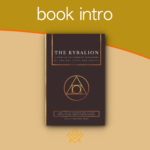 Unravel the secrets of the ancient Egyptian wisdom with our comprehensive guide to the Kybalion, by Three Initiates. Discover its influence on modern thought, the controversies surrounding it, and its seven profound Hermetic principles. Unlock the power of these timeless teachings to transform your understanding of life's mysteries. |
 Book Intro - The Working Tools of an Old York Master by Wilmshurst Unlock the Secrets of Freemasonry! Dive into the profound symbolism of 'The Working Tools of an Old York Master.' Discover the hidden meanings behind the square, compass, plumb line, and more. Embark on a transformative journey of personal growth and spiritual enlightenment. Uncover the ancient wisdom that has shaped generations of Masons. |
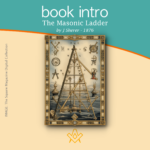 Book Intro - The Masonic Ladder by J Sherer Unlock the mysteries of Freemasonry with "The Masonic Ladder" by J. Sherer - - 1876. This 19th-century guidebook takes readers on a journey through the steps of the Masonic ladder, from the basic principles of the Entered Apprentice to the highest degree of the Sovereign Grand Inspector General. Discover the symbolism, allegory, and values of Freemasonry in this timeless classic. |
 Book Intro - The London mason in the seventeenth century The London Mason in the Seventeenth Century by Douglas Knoop offers a comprehensive examination of the lives and work of masons in the bustling city of London during the seventeenth century. The book delves into the intricacies of their craft, the socioeconomic and political forces that influenced their profession, and the role they played in shaping the architectural landscape of London. |
 Book Intro - History of Freemasonry, Gould, Robert Freke The History of Freemasonry is a comprehensive overview of the origins, development, and evolution of Freemasonry from its ancient roots to the modern era. The book explores the fascinating history of one of the oldest and most mysterious organisations in the world, which has been the subject of much speculation and curiosity over the centuries. - by Robert Freke Gould |
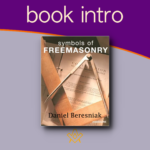 Book Intro - Daniel Beresniak Symbols Of Freemasonry This book is a collection of the symbolic images which Freemasons encounter on their journeys of transformation.' The texts and illustrations form an intimate dialogue whose subject is Freemasonry, and which casts light on the relationship between dreams and reality, reason, intuition and imagination. |
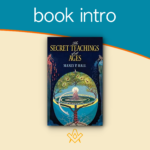 Book Intro - The Secret Teachings of All Ages by Manly P Hall The Secret Teachings of All Ages by Manly P Hall is a comprehensive and in-depth exploration of the various esoteric and occult traditions that have shaped human history. The book covers a wide range of subjects including alchemy, astrology, mysticism, and secret societies, and provides detailed explanations of the underlying principles and concepts. |
 Book Intro - Duncan's Masonic Ritual and Monitor Duncan's Masonic Ritual and Monitor is an impression of the Old York Rite published in New York in 1866. |
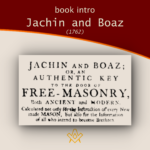 Book Intro - Jachin and Boaz (1762) Thirty two years after Samuel Prichard's Masonry Dissected (1730) a second detailed exposure was published Jachin and Boaz (1762) attributed to the same author, and met with equal distain by Freemasons of the time. However, these exposures offer the masonic historian an invaluable view in to how freemasonry was conducted during its early formation |
 Book Intro - Three Distinct Knocks (c.1760) Giving an exact account of all their proceedings in making a brother, with the three obligations or oaths belonging to the first second, and third degrees of masonry, viz. The entered apprentice, fellow-craft, and master-mason: with the obligating on belonging to the chair, and the grip and word. |
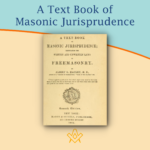 Book Intro - A Text Book of Masonic Jurisprudence An introduction to Albert Mackey's seminal work on Masonic Jurisprudence – the theory or philosophy of Masonic law. The Foundations of Masonic Law are to be found in the Landmarks, or Unwritten Law, and in the Ancient Constitutions, or the Written Law. These constitute the subject matter of the book. |
 Book Intro - The Perfect Ceremonies Of Craft Masonry 1871 A beautiful example of a the rituals, produced in a Medieval illuminated script style. Facsimiles still exist of this illustrated ritual book, of which the most authentically produced version is that available from the Scottish Rite Masonic Book Club. |
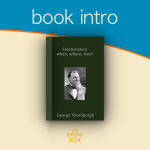 Book Intro – Freemasonry; when, where, how? Introduction to Freemasonry; when, where, how? By George Thornburgh |
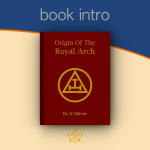 Book Intro - Origin Of The Royal Arch An introduction to the Origin of the Royal Arch, through the eyes of the English nineteenth century masonic author Dr G Oliver (1782–1867) |
 Book Intro – Symbolical Masonry Symbolical Masonry is a treasure-house of Masonic lore, including discussions of key concepts of the first three degrees, along with an extensive study guide. |
 This month we look at – 'A portrait gallery, with biographical sketches of prominent freemasons throughout the United States' |
 Extracted and abridged from The Mystic Tie: Or, Facts and Opinions, Illustrative of the Character and Tendency of Freemasonry By Albert Mackey, |
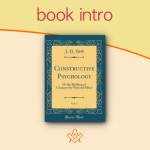 Book intro - Constructive Psychology The introduction to Constructive Psychology or The Building Of Character By Personal Effort by J D Buck a masonic author |
 book intro - Cagliostro: the splendour and misery of a master of magic Preface to the book by William Rutherford Hayes; Cagliostro: the splendour and misery of a master of magic |
 book intro - Origin of the Rosicrucians and the Free-Masons Historico-Critical Inquiry into the Origin of the Rosicrucians and the Free-Masons – Thomas De Quincey |
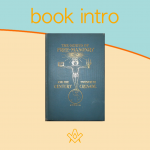 Book Intro - The Genius of Freemasonry The Genius of Freemasonry: “Has any brother anything to offer for the good of Masonry?” The following pages are the author’s answer to that question. |
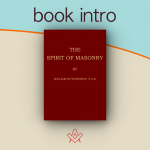 Book Intro - The Spirit of Masonry An essential source for anyone interested in exploring the inner mysteries of the Masonic Fraternity. |
 Book intro - History of Freemasonry Introduction to a classic masonic book by J. G. Findel, History of Freemasonry published 1866 |
 The Book of Constitutions for the Ancient Grand Lodge or Ahiman Rezon |
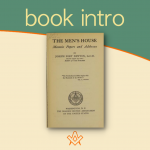 A short introduction to The Men's House, a collection of masonic papers and addresses |
 This is a general survey of Masonic origins, history and philosophy. It was at one time given to every new Mason in Iowa. |
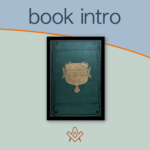 Book Intro - The Discrepancies of Freemasonry Written almost 150 years ago, this book contains wisdom still relevant today. |
 Book Intro - The Principles of Masonic Law "The first great duty, not only of every lodge, but of every Mason, is to see that the landmarks of the Order shall never be impaired". |
 Published in 1911, this fascinating book is equally relevant for the 21st century Mason with an interest in the more mystical side of Freemasonry. |
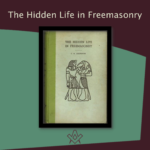 Book Intro - Hidden Life of Freemasonry Introduction to The Hidden Life in Freemasonry (1926) by Charles Webster Leadbeater |
 Book Intro - The Symbolism of Freemasonry Introduction to a classic masonic book; The Symbolism of Freemasonry: Illustrating and Explaining Its Science and Philosophy, its Legends, Myths and Symbols. |
 Book Intro - The Meaning of Masonry This is the Introduction to The Meaning of Masonry, a set of essays which discuss the esoteric side of Masonry |
 Book Intro - Illustrations of Masonry Introduction to Illustrations Of Masonry by William Preston (1742-1818) |
masonic knowledge
to be a better citizen of the world
share the square with two brothers

click image to open email app on mobile device



